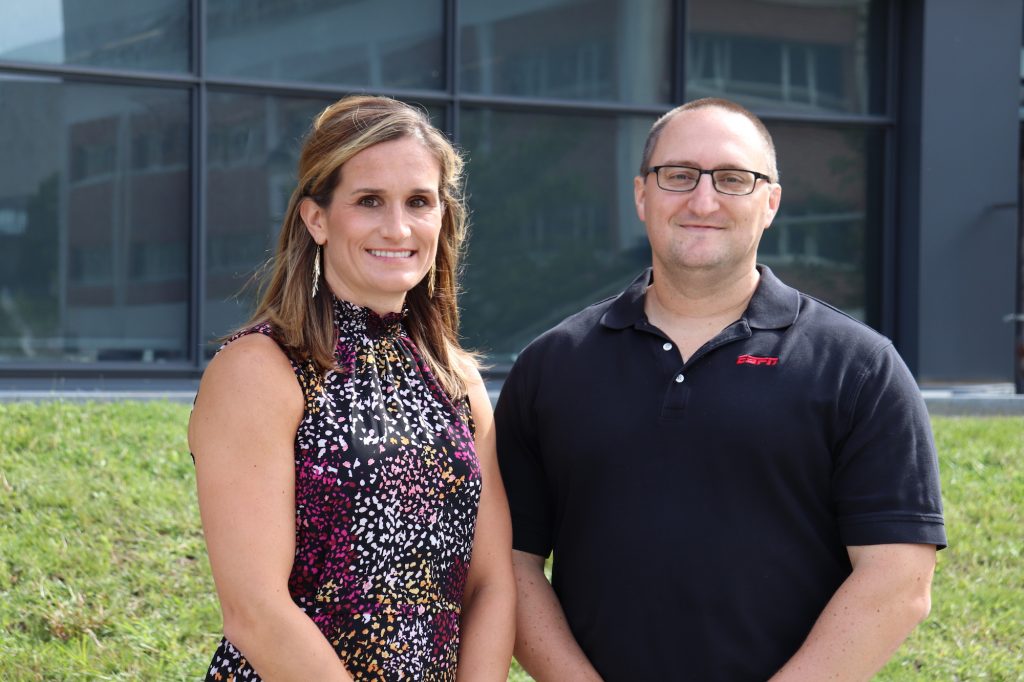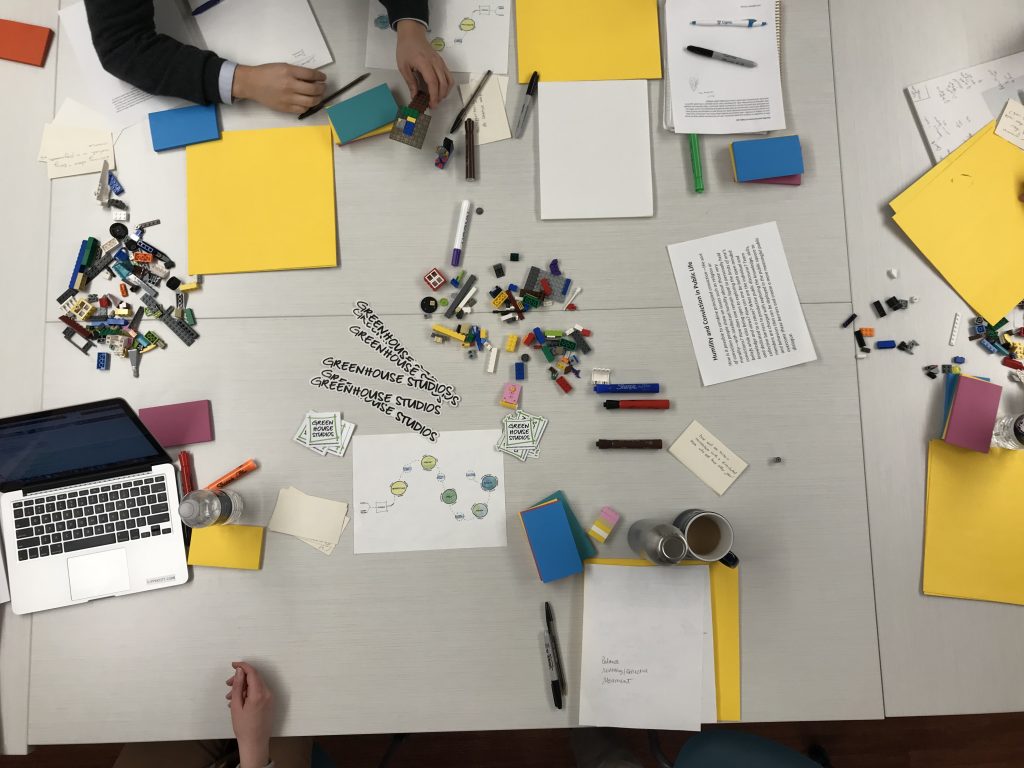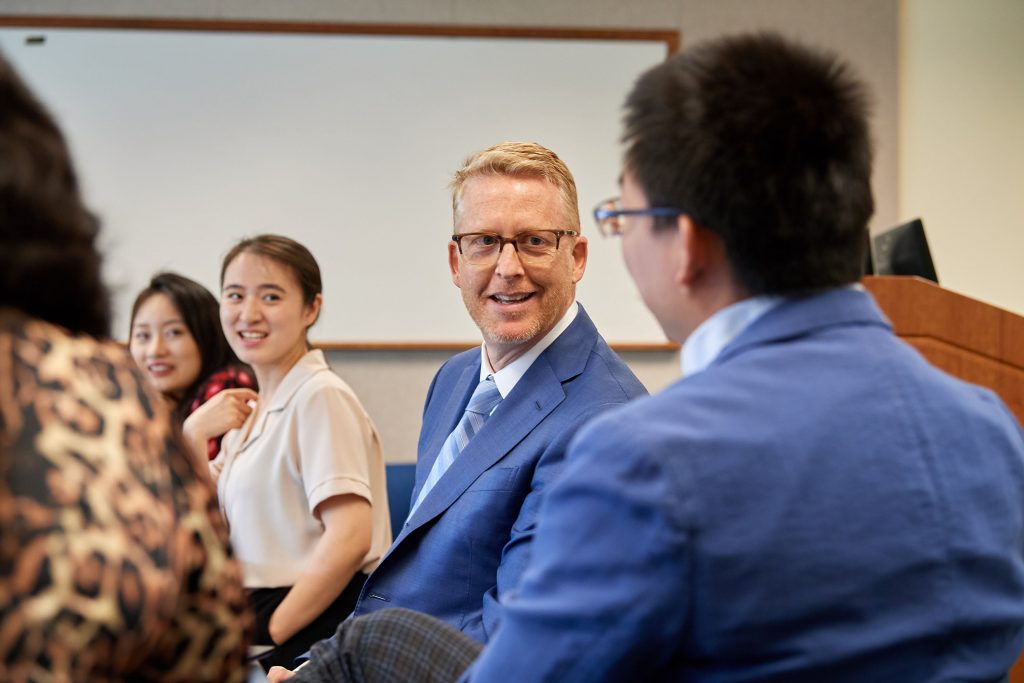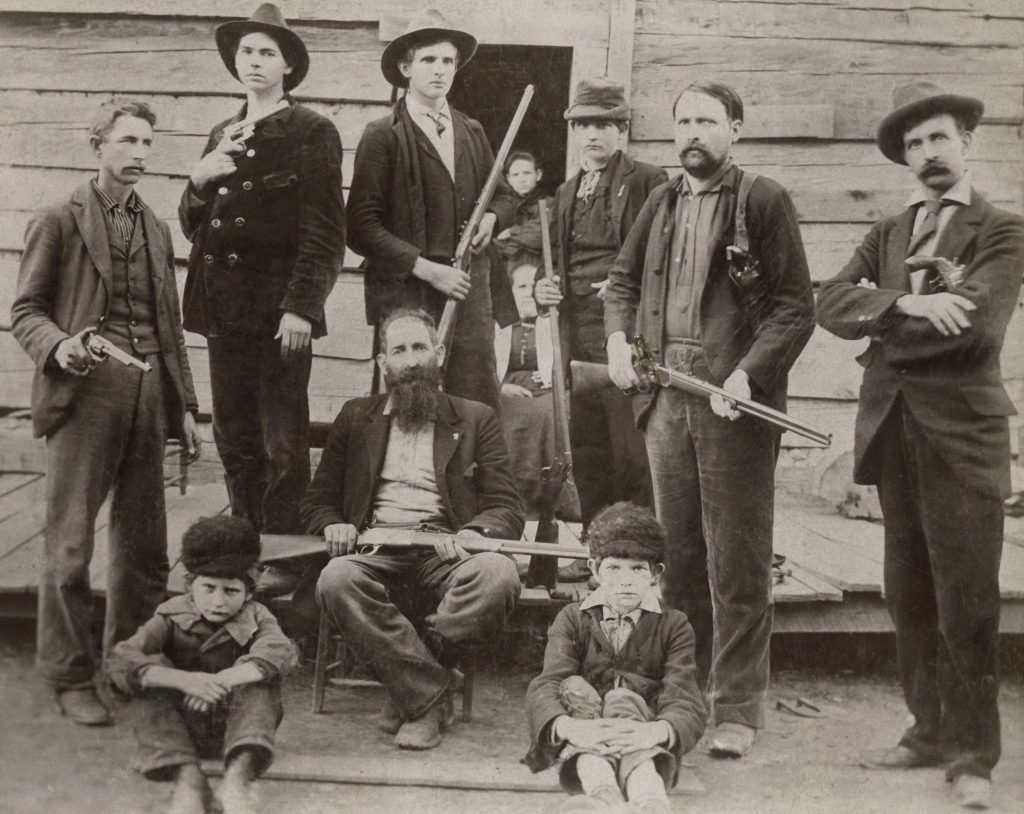Research & Discovery
New Grant Helps Manage Pain and the Opioid Crisis
A research team from the Connecticut Convergence Institute for Translation in Regenerative Engineering has received $1.8 million from the NIH to work towards the development of a non-opioid treatment for acute pain flare-ups.
September 16, 2019 | Anna Zarra Aldrich '20 (CLAS), Office of the Vice President for Research
START Preliminary Proof of Concept Fund Recipients
Through a generous grant from the CTNext Higher Education Fund last year, the Office of the Vice President for Research (OVPR) has been administering an early stage translational research funding program called the START Preliminary Proof of Concept Fund. Under the grant, funding is provided to investigators at Central Connecticut State University, Southern Connecticut State […]
September 13, 2019 | Jessica McBride, PhD
Why is Earth so Biologically Diverse? Mountains Hold the Answer
Using a computer model, UConn's Robert Colwell and Thiago Rangel were able to simulate the processes of species origination, persistence, and extinction in South America over the past 800,000 years, through ten cycles of glaciation and warming.
September 13, 2019 | Combined Reports
Study Shows Opioids Not the Only Option for Pain Management
UConn researchers studied the effectiveness of opioid and nonopioid analgesics in treating moderate to severe pain in prehospital settings.
September 11, 2019 | Sheila Foran - School of Pharmacy
Making Digital Scholarship Mainstream
UConn’s Greenhouse Studios aims to reimagine disrupt longstanding academic workflows to better support scholarly publications for the digital age.
September 11, 2019 | Jessica McBride, PhD
Home-based Treatments Improve Mobility in Older Adults With Fractured Hips
Patients recovering from hip fractures achieved success with regular weekly home visits by a physical therapist over a 16-week period, according to the study in JAMA.
September 10, 2019 | Combined Reports
Meet the Researcher: Richard Ashby Wilson, Law and Anthropology
World events have always shaped Richard Wilson Ashby's research.
September 10, 2019 | Anna Zarra Aldrich '20 (CLAS), Office of the Vice President for Research
Hatfield-McCoy Feud Carries Lessons for Today
The fabled feud between the Hatfield and McCoy families of Appalachia is the subject of a new PBS documentary, featuring the insights of UConn historian Altina Waller.
September 10, 2019 | Kenneth Best
‘A Spine for the Spineless, Gutless Worms’: Providing an Evolutionary Backbone for Tapeworms
A new NSF-funded project led by Board of Trustees Distinguished Professor of Ecology and Evolutionary Biology Janine Caira will help fill the gaps in the approximately 200 million years of evolution separating tapeworm lineages.
September 9, 2019 | Anna Zarra Aldrich '20 (CLAS), Office of the Vice President for Research
Climate Change Water Variability Hurts Salamander Populations
New research suggests spring salamanders are less likely to survive metamorphosis to adults in streams with highly variable flows.
September 6, 2019 | Combined Reports









